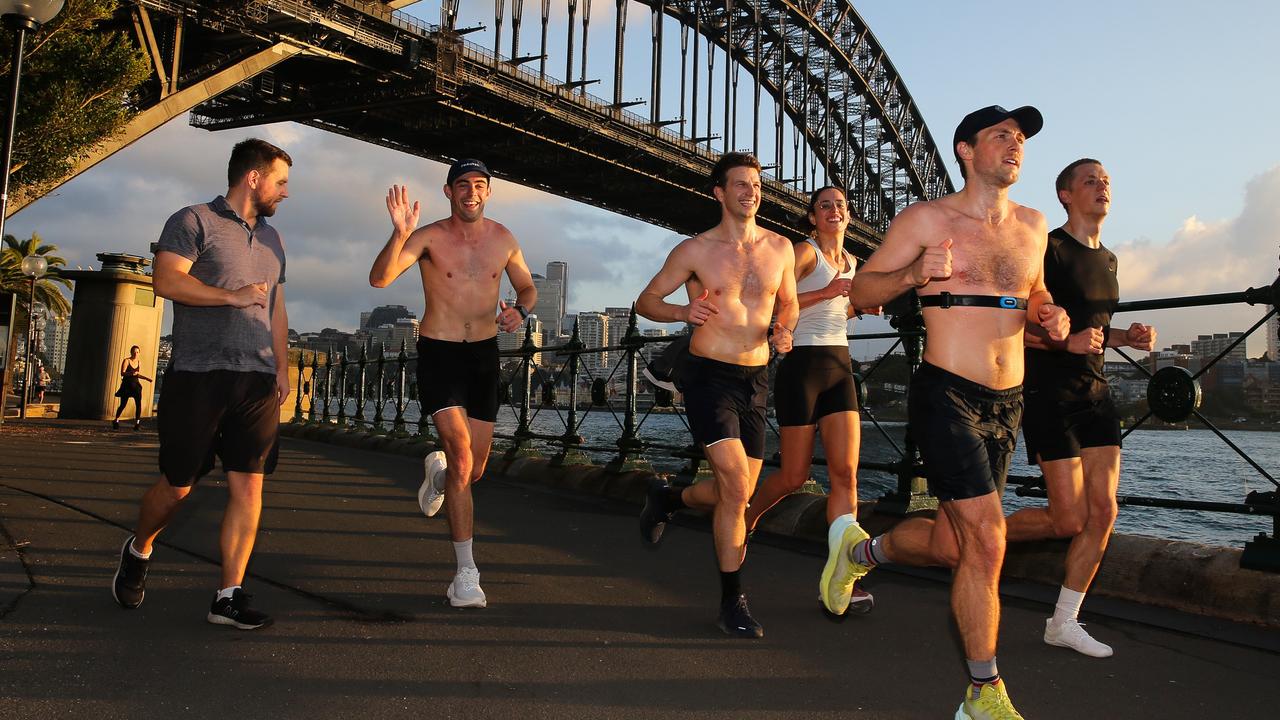Why the UN’s guidelines on physical activity are under scrutiny
DOING at least two-and-a-half hours’ physical activity a week is “unworkable” and “far too narrow” for some people. Here’s why.

UN RECOMMENDATIONS that people should do at least two-and-a-half hours’ physical activity a week are “unworkable” and “far too narrow” for some individuals.
In 2013, the World Health Organisation, which is the United Nations’ public health arm. published a “Global Action Plan” seeking to reduce incidence of lifestyle diseases by 2025. It identified four areas where doctors’ recommendations to patients could make a difference: smoking, alcohol abuse, unhealthy diet and physical inactivity.
On the latter goal, the agency set a target of 150 minutes of “moderate intensity” activity per week for people over 18. This can include walking or cycling to work and household chores, not just exercise through sport.
But specialists argued in the online British journal BMJ released on Wednesday that the target was focused far too narrowly on people who already did some sort of physical activity.
It did not speak to sedentary people for whom a goal of 150 minutes of walking, cycling, swimming or jogging per week may seem discouragingly overambitious, they contended.
“Getting inactive people to do a little bit of physical activity, even if they don’t meet the recommendations, might provide greater population health gains,” said Philipe de Souto Barreto at the University Hospital of Toulouse in southwest France.
People who are fully sedentary are likelier to develop cancer, obesity and diabetes than people who are more active.
Barreto pointed to a 2007 study of more than a quarter of a million Americans aged 50 to 71. It found that less than an hour of moderate exercise per week — or 20 minutes or more of vigorous exercise less than once a week — reduced the risk of early death from all causes by at least 15 and 23 per cent respectively.
In a second BMJ analysis, four health specialists in the United States and Australia argued that physicians should interpret the WHO guidelines differently for older adults, who spend a much bigger part of the day sitting or lying down.
Instead of pushing the 150-minute message to this age group, it might be smarter to encourage periods of light, daily activity, they said. This could include standing up or stretching one’s legs during advertising breaks on television, or pacing while on the telephone.
“We are not proposing that the 150-minute-a-week standard be abandoned,” said the team led by Phillip Sparling, a professor of physiology at the Georgia Institute of Technology in Atlanta. But an incremental approach for attaining it could be sounder advice for the elderly, they said.



